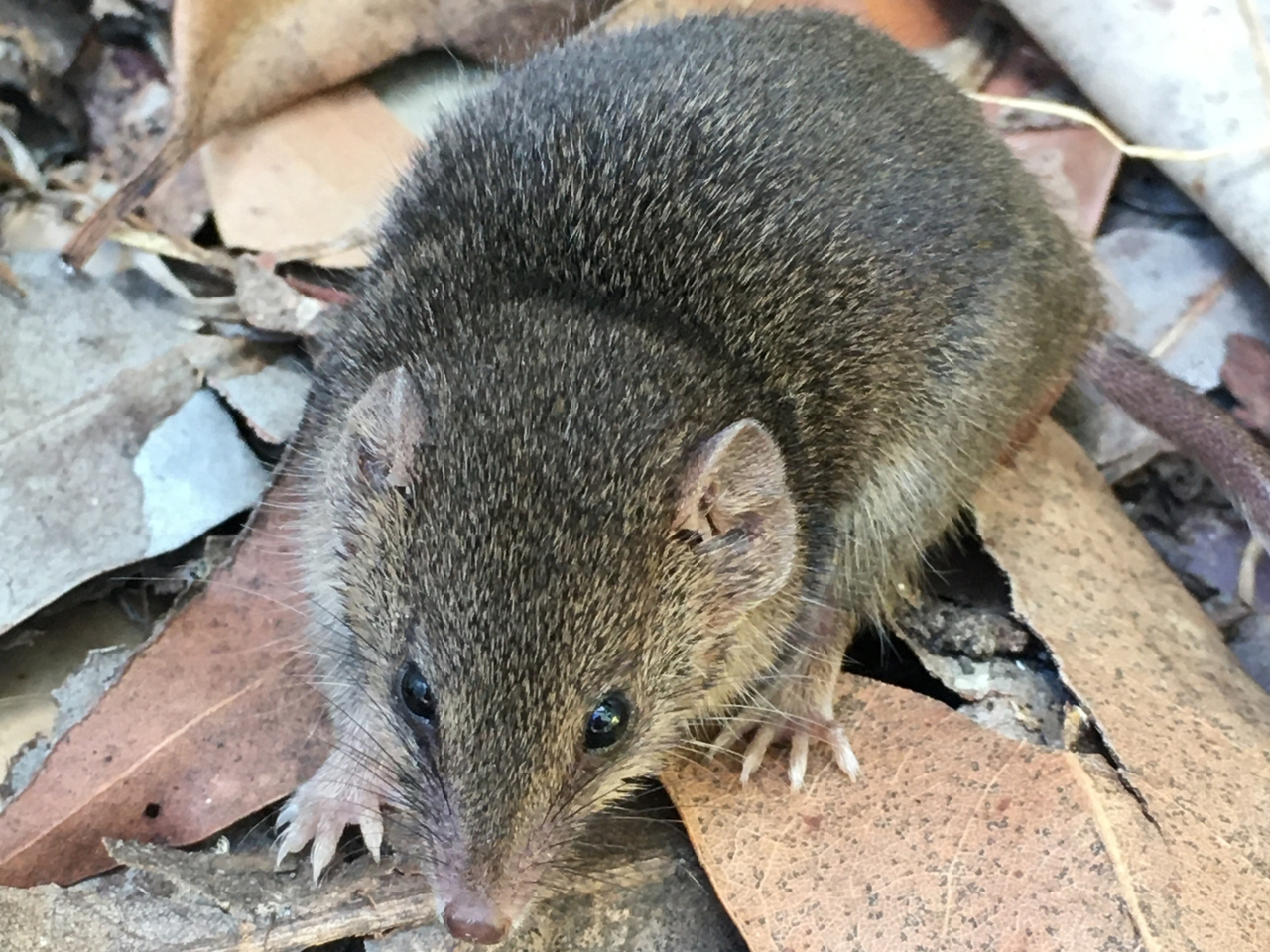Meet one of Australia’s tiny marsupials
Learn more about the Common Planigale - a tiny, fierce hunter who calls the Sunshine Coast environment home.

Common Planigale Planigale maculata. Image credit FPE.
The Common Planigale is a small, mouse-sized critter that has rounded ears and a long, pointed snout. Its fur is grey-brown above and slightly paler below.
Common Planigales can live in a variety of different habitats including rainforest, swamps, grassy eucalypt woodland and forests, and even urban reserves.
They are nocturnal, carnivorous animals that forage on the ground in dense and low vegetation, preying on insects and small vertebrates.
Despite their small size, Common Planigales are fierce hunters that are known to target the back of the head of their prey until the animal is either disabled or dead!
Like most marsupials, female Common Planigales have a pouch, where their young develop. Female Common Planigales also build a nest on the ground, where they will raise their offspring. In Eastern and Northern Australia, they can have up to 10 young at a time.
Once the young become independent, their mother will abandon them, but they will continue to sleep in the nest with all their siblings until they reach a weight of about six grams.
On the Sunshine Coast, breeding typically occurs during spring and summer.

Did you know?
Common Planigales belong to the family Dasyuridae, which is the same family as Tasmanian Devils, Quolls and Antechinuses.
Where can you see one?
If you visit one of the below Council reserves, you may be lucky enough to catch a glimpse of a Common Planigale:
- Doonan Creek Environment Reserve
- Kawana Forest Bushland Reserve
- London Creek Environment Reserve
- Lower Mooloolah River Environment Reserve
- Maroochy River Environment Reserve
- McCords Road Bushland Conservation Reserve.
The Common Planigale is not thought to be threatened; however, they are vulnerable to predation from cats and dogs, and some unfortunate individuals have drowned in swimming pools.
What can you do to help?
- Please keep your pets in at night! Like many of our other native animals, Common Planigales are active at night.
- If you have a swimming pool, you can make it wildlife-friendly by putting a cover on at night and by creating an escape route for animals that fall in (you can use a rope, or a plank to allow larger animals like koalas to climb out).